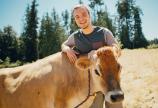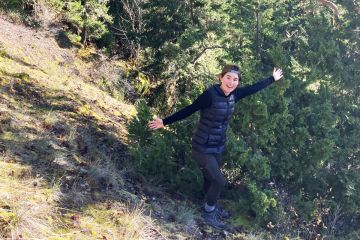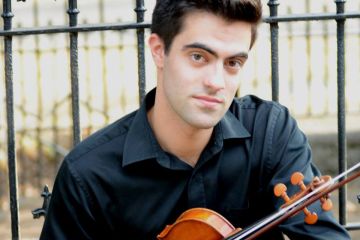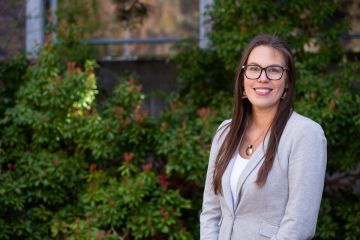Grad's mathematical models help map path of disease transmission
- Jody Paterson
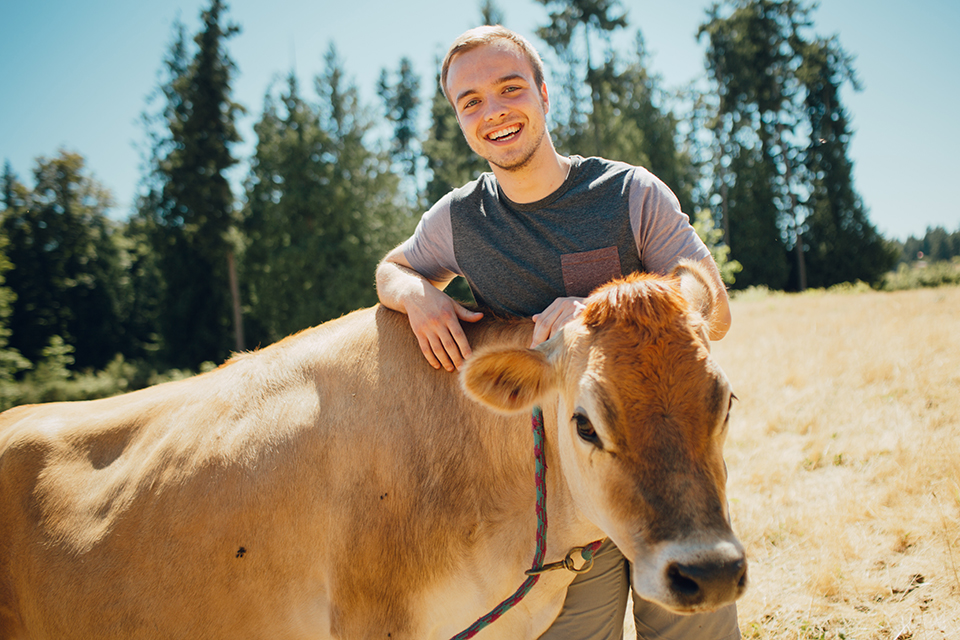
Chadi Saad-Roy was a high school math whiz with no idea when he first enrolled at the University of Victoria in 2012 that he would one day be trying to unravel how a cow with cattle fever spreads the disease to the rest of the herd.
What a difference five years makes. From his start as an undeclared science student, Saad-Roy is now graduating with a honours BSc in math and statistics with a minor in biology, and a whole new appreciation for the vital real-world applications that lie at the intersection of those disciplines.
Under the mentorship of UVic Professor Emeritus Pauline van den Driessche in the Department of Math and Statistics, Saad-Roy developed mathematical models to understand and predict the spread of disease within an exposed population. The winner of the 2017 Jubilee Medal in Science for his perfect GPA of nine has developed and tested models estimating the transmission risks of cattle fever, syphilis, and anthrax in populations exposed to a single infected source.
“It’s a question of what we can learn from an abstract system that applies to the real world,” says Saad-Roy, 22. “How many people do you need to treat for disease eradication? If you take an infected person and put them into the population, how many people will they infect? If it’s less than one, then in our models the disease will die out. You can prove that.”
To do what I did requires a lot of classes, lots of hard work. But it's been fun!
Saad-Roy also worked on a model for the Zika virus, establishing how many infected people are in a particular population by the time a baby is born with microcephaly, one of the most severe outcomes of the mosquito-borne virus. Such models are critically important for the world’s health authorities when deciding which control measures to use for a particular disease.
It hasn’t been an easy five years, acknowledges Saad-Roy: “To do what I did requires a lot of classes, lots of hard work. But it’s been fun!”
All that hard work definitely got him noticed. He won three consecutive grants from the Natural Sciences and Engineering Research Council that allowed him to work with van den Driessche in the summers of 2014–16, and also won a Jamie Cassels Undergraduate Research Award.
He’s excited that UVic is now considering whether to develop an interdisciplinary degree program in math, statistics and biology, which would help future students “see that they can do something like this.”
Saad-Roy starts at Princeton University this fall on a full scholarship, and hopes to graduate with his PhD in quantitative and computational biology in 2022.
Photos
In this story
Keywords: convocation, graduation, student life, mathematics, disease
People: Chadi Saad-Roy

